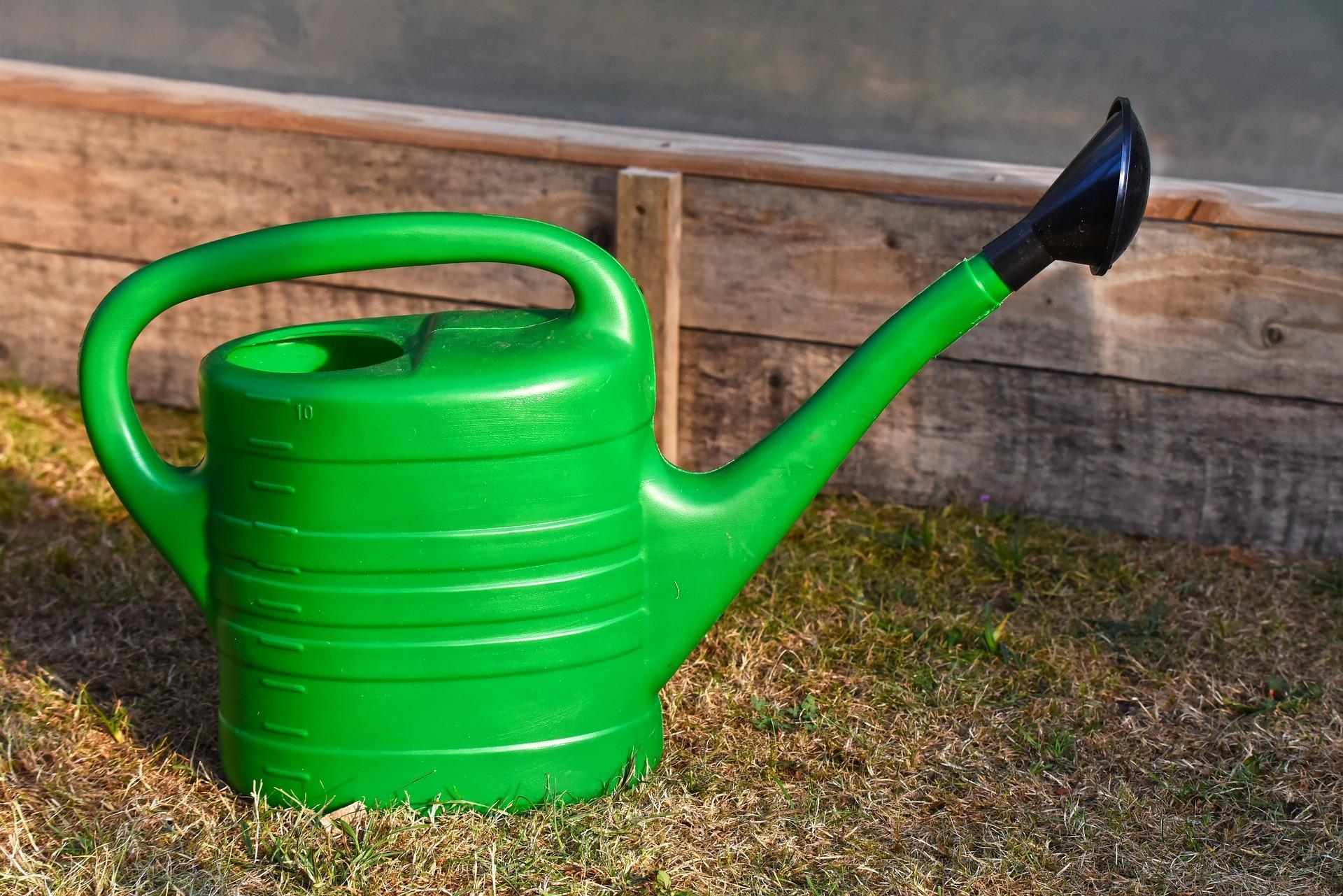Did you overwater your plant and need to know what to do to make it get better quickly? This article will help you give first aid.
The best way to avoid overwatering your plants is to take precautions, which is why experienced growers regularly check their flowerpots and pour out the excess water. It definitely never hurts to read information about a particular plant and know how much water it needs. We all know there is a difference between growing basil and a cactus.
Overwatering and over-fertilising are the most common mistakes beginners make. Overwatered plants are more vulnerable to pest attacks. What’s worse is the root rot and moulds, which can harm the plant or kill it. However, even the most experienced growers make mistakes.
Overwatered plants die because their roots get damaged by rot. Just like we do, plants need air to live, and they use the roots to get some of it. If the roots get damaged, they also obviously can’t absorb nutrients. It’s quite a simplification, but we could say that an overwatered plant drowns and starves to death.
How to tell if the plant is overwatered?
At first, the plant will start to wilt, and the leaves will turn yellow and brown at the edges. Sounds similar to underwatering, right? Growers often mistake the two problems and water the plants again, which only makes it worse. Distinguishing these opposite problems isn’t rocket science - you just have to watch the plant closely. Another sign of overwatering is dark roots, which are starting to rot. Sometimes, the roots can smell badly.
Check the substrate. If it’s wet, don’t water the plant. The top of the substrate may appear dry, but the plant could still be overwatered. Pick up the pot and weigh it in your hands. If it feels heavy, the substrate is still wet, and you should stop watering the plant.
How to save an overwatered plant?
First, move it into a different environment - the best is a sunny spot with good airflow and lots of fresh air. Water the plant much less or stop altogether and wait for the excess moisture to evaporate. If you’re nervous about not watering it at all, you can use a sprayer to gently mist it. It’s important to watch the plant closely - this simple treatment might be enough to save it.

If it’s not working and the plant’s leaves are visibly wilting, try the following method. Carefully pull the plant out of the pot and remove as much substrate as possible without damaging the roots. Leave it out overnight before planting it again. Be careful to pick a warm place with no airflow - substrate keeps the roots warm, and a temperature shock would damage them further, and moving air might dry them out too much. Clean and disinfect the pot to get rid of any moulds or other pathogens that might be in there. Dry the pot and put a drainage layer on the bottom (a few rocks, leaves, or twigs will do). Fill the pot with new substrate and make sure it’s only slightly moist. Then, you can repot the plant.
In most cases, this simple treatment can work wonders. Let nature do its thing, and the plant will regenerate on its own. Remember that all good things need time, be gentle with the plant, and it will reward you tenfold.
How to avoid overwatering?
You should always read more on the specific plant type and water it accordingly. However, some general rules apply in most situations.
Pay attention to the plants. The plants themselves know what’s best for them and act accordingly. If there’s water in the saucer for more than a few hours, it’s apparent that the plant doesn’t need it now, and you should pour it out. Moderation is key. It’s better to water the plant more often and in smaller amounts. Don’t worry - if you pay close attention, you’ll know just how much water your plant needs in no time.
If you don’t want to worry about watering your plants, try a self-watering flowerpot or use a self-watering system with a tank. For example, an AutoPot system doesn’t need electricity to automatically water the plants for several weeks.
In case you have any more questions, we’re here for you at info@higarden.eu.
We recommend:
More articles:

